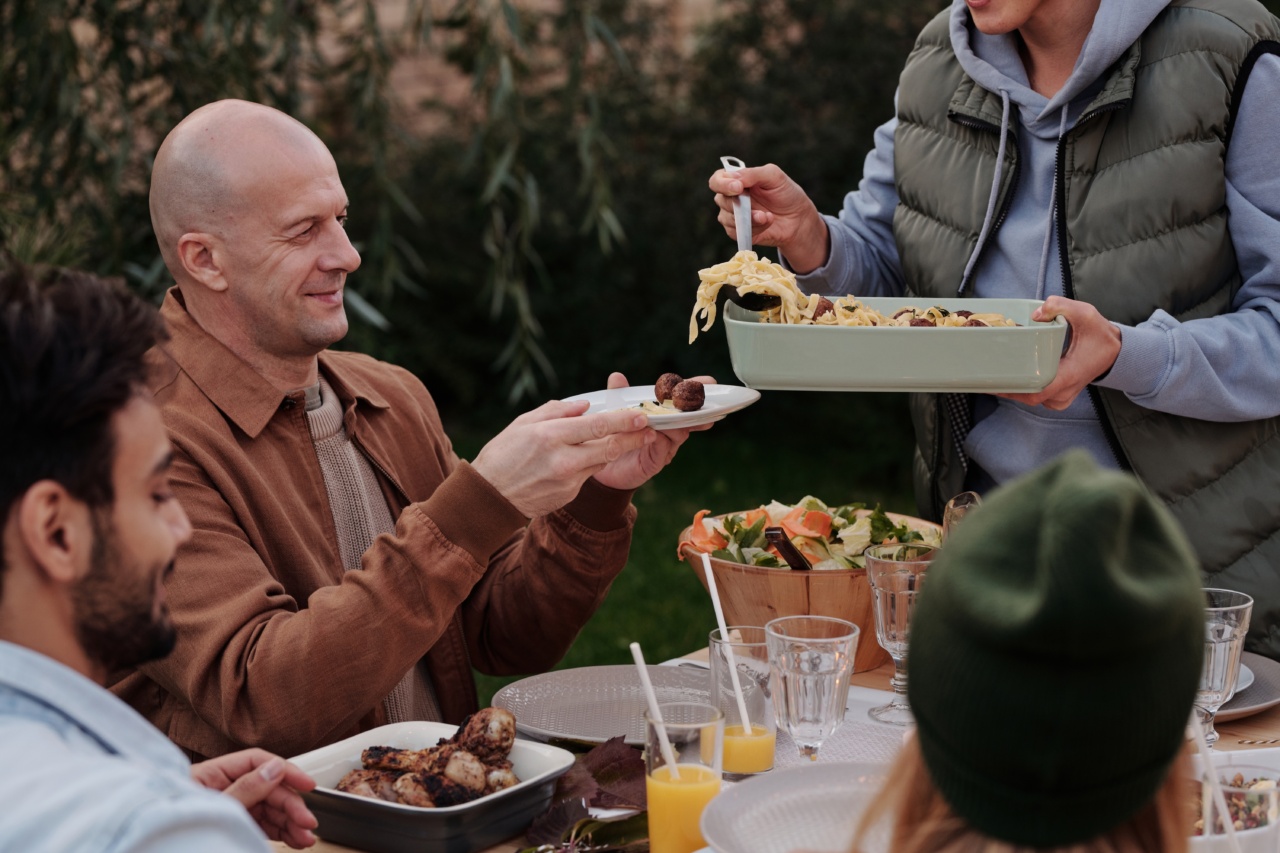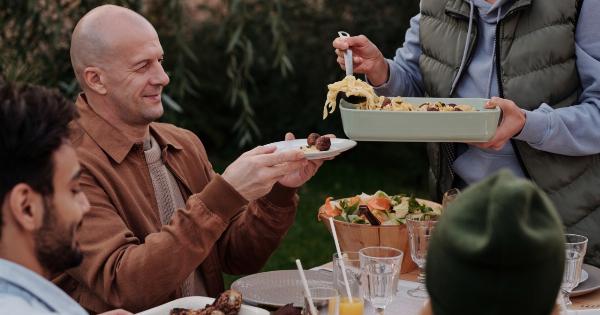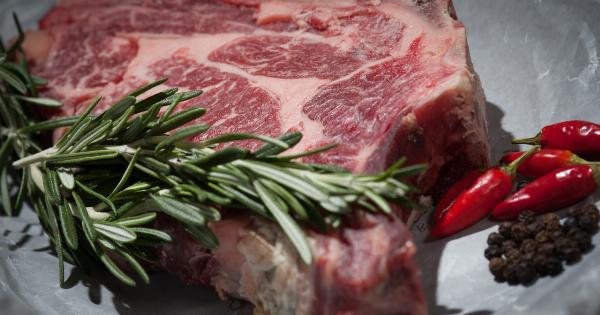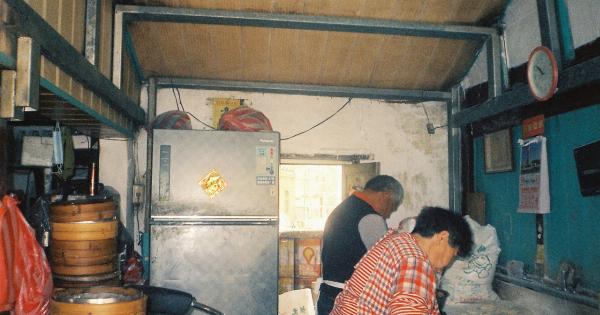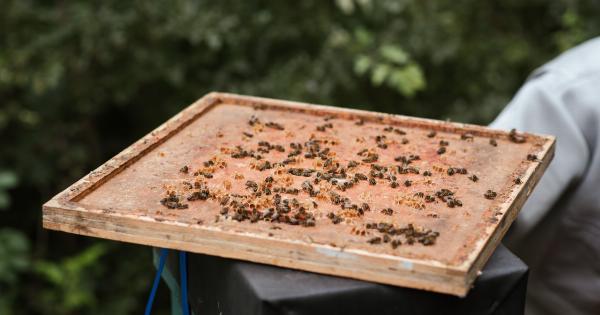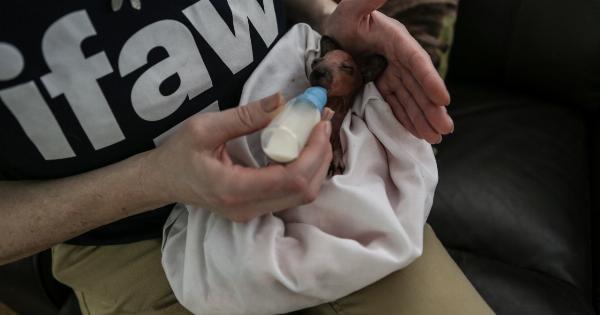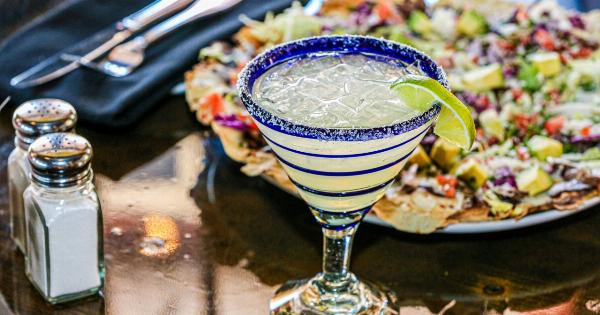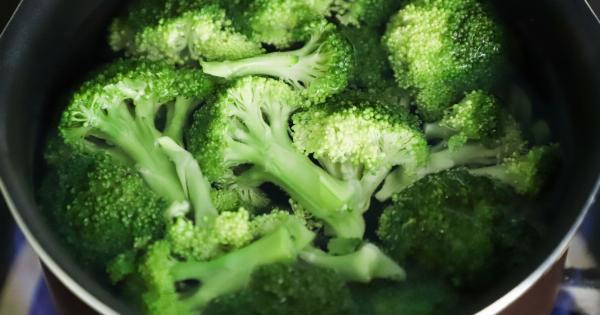Spaghetti is one of the most popular and versatile dishes, and it’s not surprising that many people love to eat it. It’s quick to prepare, delicious, and easy to store.
However, what do we do with leftover spaghetti? The traditional method is to heat it up again, but what if you want to enjoy it cold? Is it safe to eat cold spaghetti? This is a common question that many people ask, especially those who love to meal prep or store food in the fridge. Let’s take a closer look at the safety of eating cold spaghetti, and what you need to know to avoid any risks.
Understanding Foodborne Illnesses
Foodborne illnesses are caused by consuming contaminated food or drinks. These can occur when food is not stored, prepared, or cooked properly, or when it’s not consumed within a safe time frame.
There are many pathogens that can cause foodborne illnesses, including bacteria, viruses, parasites, and toxins. Common symptoms of food poisoning include nausea, vomiting, diarrhea, and fever. In some cases, foodborne illnesses can be severe and lead to hospitalization or death.
Are There Risks of Eating Cold Spaghetti?
The question of whether or not it is safe to eat cold spaghetti depends on several factors. First, you need to consider the storage conditions of the spaghetti.
If it has been stored in the fridge at a temperature of 40°F (4°C) or below, for no more than four days, it should be safe to eat cold. If the spaghetti has been left outside the fridge at room temperature for more than two hours, it is best to discard it. This is because bacteria can grow rapidly at room temperature, and food can spoil quickly.
How to Store Spaghetti Properly
If you want to store spaghetti safely, it’s essential to follow certain guidelines. First, make sure that the spaghetti is cooked thoroughly, and you can refrigerate or freeze it promptly after cooking.
The best way to store spaghetti is in an airtight container in the fridge. Spaghetti should be covered with sauce or oil to prevent it from drying out. Alternatively, you can freeze spaghetti for up to two months. Make sure to thaw frozen spaghetti in the fridge overnight and reheat it thoroughly before eating.
Cold Spaghetti Recipes
If you enjoy eating cold spaghetti, there are many healthy and delicious recipes that you can try. For instance, you can make a spicy peanut butter spaghetti salad with vegetables and sesame seeds.
Alternatively, you can make a cold pesto spaghetti salad with cherry tomatoes, olives, and Parmesan cheese. Both of these recipes are easy to make, nutritious, and mouth-watering.
Conclusion
Eating cold spaghetti is generally safe if it has been stored properly in the fridge. Make sure to refrigerate or freeze the spaghetti promptly after cooking, and discard any leftovers that have been left outside the fridge for more than two hours.
By following proper food safety guidelines, you can enjoy cold spaghetti without worrying about foodborne illnesses.
